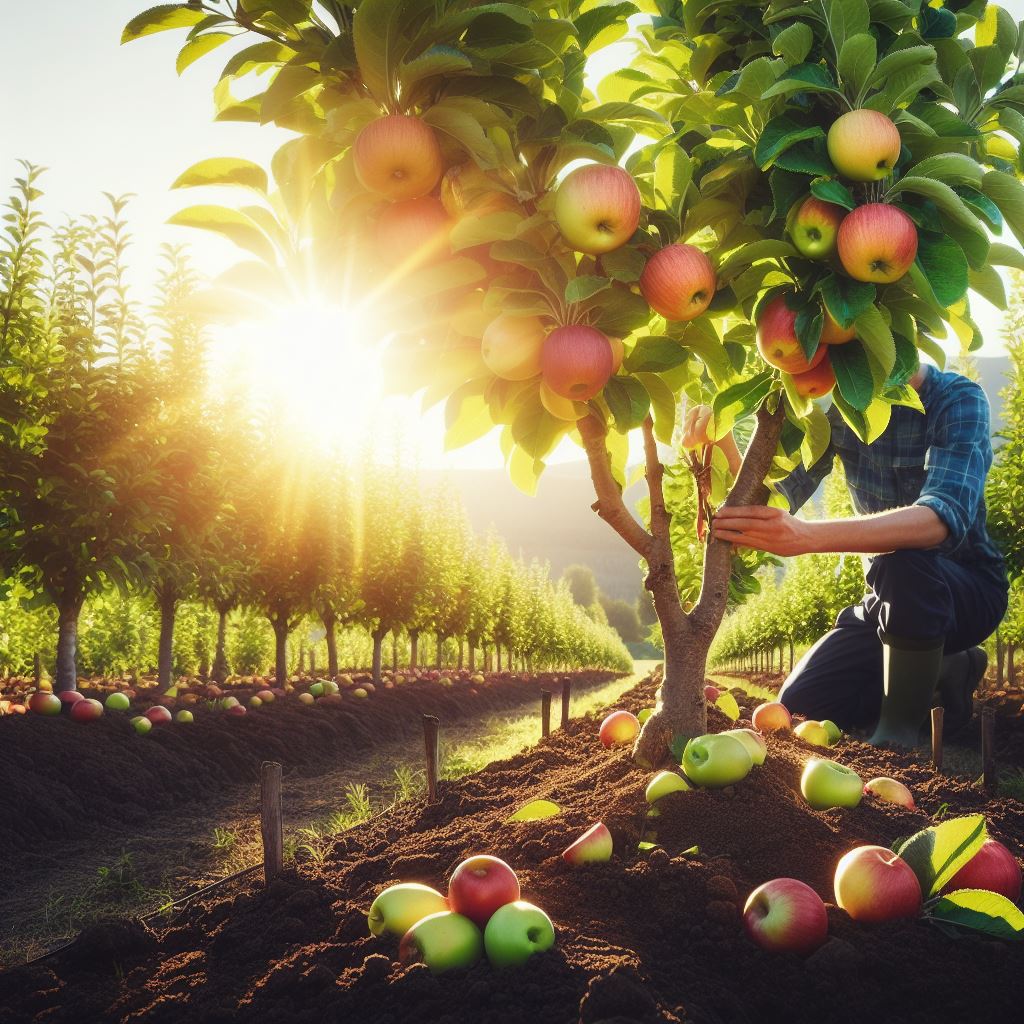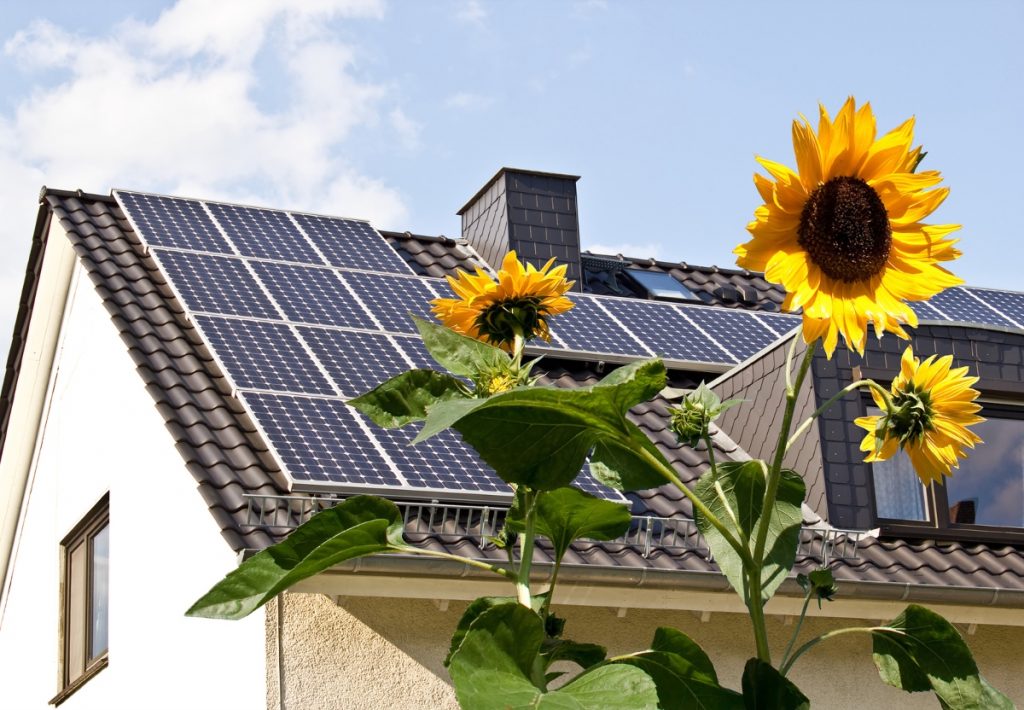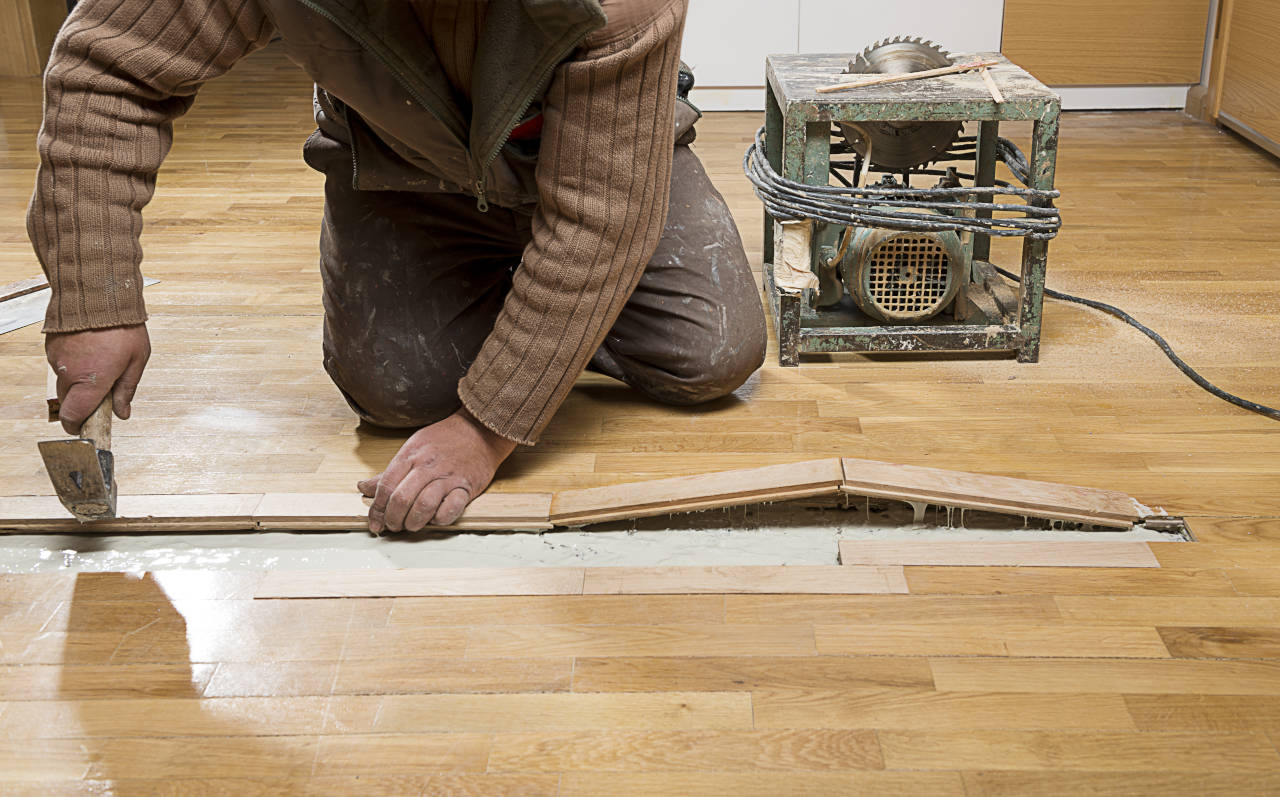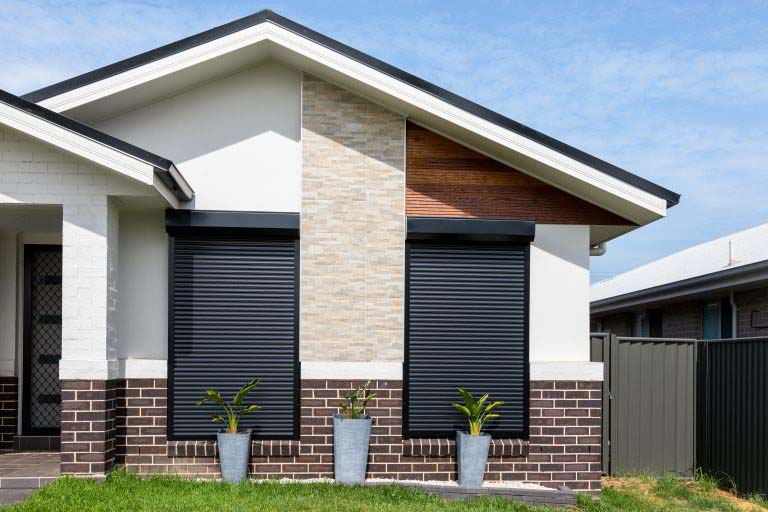In the world of fruit cultivation, one of the most intriguing and aesthetically pleasing techniques is espalier. Espalier is a method of training fruit trees, including apple trees, to grow in a flat, two-dimensional form against a wall or support structure. This ancient horticultural practice not only adds charm and elegance to your garden but also maximizes space and facilitates easier care and harvesting. In this article, we will explore the art of espalier apple care, offering tips and guidance on how to nurture healthy growth and ensure abundant crops from your apple trees.
But before we dive into the world of espalier apple care, let’s take a moment to understand the needs of another popular fruit-bearing plant, the blackberry bush., we gleaned some insights into blackberry bush care. These insights serve as a reminder that every fruit plant has unique requirements to thrive.
Understanding the Needs of Apple Trees
In a brief interview with a CRJ Fruit-Trees expert we’ve been given the best practices for apple trees, renowned for their delightful fruits, are a staple in many British gardens. To cultivate thriving fruit trees and harvest abundant, high-quality apples, consider these essential guidelines:
- Ideal Location: Apple trees flourish in well-drained, fertile soil. They require full sun exposure for at least six hours daily to maximize fruit quality and yield. Choose a location that meets these conditions to support the healthy growth of your apple trees.
- Pruning Practices: Regular pruning is vital for apple trees. It helps maintain their shape, remove dead or diseased branches, and encourage the growth of fruit-bearing branches. Prune your apple trees annually, ideally during late winter or early spring, to promote better air circulation and sunlight penetration, which are crucial for fruit development.
- Staking for Stability: Young apple trees or those in windy locations may need staking to provide stability as they grow. Proper staking helps prevent damage from strong winds and supports the tree’s upright growth.
- Mulching and Watering: Apply organic mulch around the base of your apple trees to conserve soil moisture and suppress weed growth. Water the trees regularly, especially during dry periods, to ensure they receive adequate moisture. Consistent watering is particularly important during the fruit development stage.
- Pest and Disease Management: Apple trees can be susceptible to pests and diseases like aphids, apple scab, and powdery mildew. Monitor your trees regularly and use appropriate organic or chemical treatments as necessary. Implementing preventative measures, such as clearing fallen leaves and avoiding overhead watering, can reduce the risk of disease.
- Fertilization: To ensure your apple trees have the necessary nutrients for growth and fruit production, apply a balanced fertilizer annually. The specific needs may vary based on your soil conditions, so it’s advisable to conduct a soil test to determine the appropriate fertilization regimen.
By following these guidelines, you can enjoy the rewards of nurturing apple trees: a beautiful addition to your garden and a delicious, home-grown fruit harvest.
Now that we’ve covered the basics of blackberry bush care, let’s shift our focus to espalier apple care and discover how this unique technique can transform your garden and yield delicious apple crops.
The Art of Espalier Apple Care: A Step-by-Step Guide
Step 1: Choose the Right Apple Variety
Before you embark on your espalier apple adventure, it’s crucial to select the right apple variety for your garden. In the United Kingdom, we are fortunate to have a rich heritage of apple varieties. Consult with local nurseries or experts to choose apple trees that are well-suited to your climate and soil conditions. Popular choices include ‘Bramley,’ ‘Cox’s Orange Pippin,’ and ‘Egremont Russet.’
Step 2: Select a Suitable Support Structure
Espaliered apple trees need a sturdy support structure against which they can be trained. This structure can be a wall, fence, or dedicated trellis. Ensure that it receives adequate sunlight and is in a location where you want your apple tree to thrive for many years.
Step 3: Planting Your Apple Tree
Plant your chosen apple tree in front of your support structure, allowing enough space for growth and maintenance. Follow the planting instructions provided with your tree, making sure it is well-watered and adequately fertilized during the planting process.
Step 4: Pruning and Training
Espalier apple care heavily relies on pruning and training. In the first year, focus on developing a central leader or trunk, and remove any competing branches. As the tree grows, select lateral branches that you want to train horizontally along your support structure. These branches will become the main arms of your espaliered apple tree.
Step 5: Training Techniques
There are several popular espalier training techniques, including the cordon, fan, and Belgian fence styles. Choose the one that best suits your space and aesthetic preferences. For instance, a cordon style espalier consists of a single central trunk with horizontal branches, while the fan style creates a graceful, fan-shaped pattern against the support structure.
Step 6: Regular Pruning and Maintenance
Throughout the growing season, prune your apple tree to maintain its desired shape. Remove any excess growth, deadwood, or diseased branches. Regular maintenance is essential to ensure that your espaliered apple tree continues to thrive and produce abundant fruit.
Step 7: Pest and Disease Management
Keep a close eye on your apple tree for signs of pests or diseases. Early intervention is crucial to prevent issues from spreading. Use organic methods whenever possible to protect your tree and the environment.
Step 8: Enjoy the Fruits of Your Labor
As your espaliered apple tree matures, it will reward you with a bountiful harvest of delicious apples. Enjoy the satisfaction of growing your own fruit and share the surplus with friends and family. There’s nothing quite like the taste of a freshly picked apple from your own garden.
Conclusion
Espalier apple care is a rewarding and visually stunning way to grow apple trees in limited space while adding a touch of elegance to your garden. By carefully selecting the right apple variety, providing proper support, and mastering pruning and training techniques, you can nurture healthy growth and ensure abundant apple crops year after year. Remember that each apple variety may have unique requirements, so consult with local experts for specific guidance.
As you embark on your espalier apple journey, don’t forget the valuable lessons we’ve learned about blackberry bush care. Both blackberry bushes and espaliered apple trees require attention, patience, and care to thrive and produce the best results. With the right knowledge and dedication, your garden can become a fruitful oasis, providing you with an array of fresh, homegrown fruits to savor and share with loved ones. Happy gardening!






